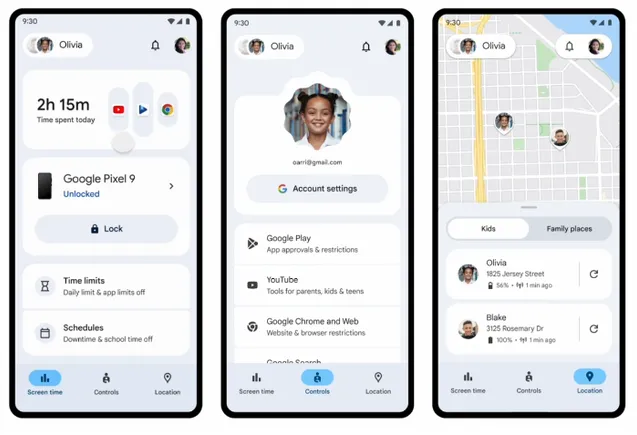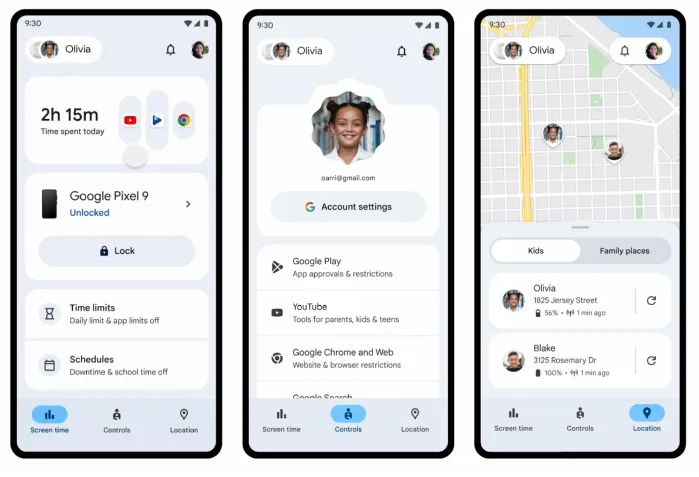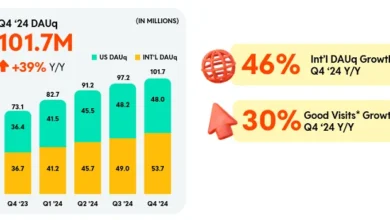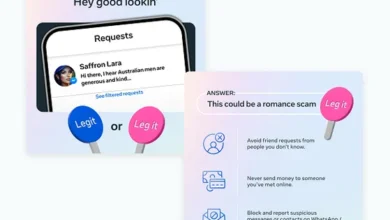Google’s Testing New Age Detection Processes to Protect Young Users

Google has announced some new safety elements to help protect young users of its apps, including a new machine learning-based system to detect user ages.
As noted by YouTube chief Neal Mohan earlier in the week, Google says that it’s developed a new model that will be able to detect user ages, and adjust what it presents to them accordingly.
As explained by Google:
“As we continue to find new ways to deliver age-appropriate safeguards, one of the most complex challenges is understanding the age of the user. This year we’ll begin testing a machine learning-based age estimation model in the U.S. This model helps us estimate whether a user is over or under 18 so that we can apply protections to help provide more age-appropriate experiences. We’ll bring this technology to more countries over time.”
As Google notes, this has long been a challenge in moderating online content, because existing age-detection systems have not been accurate enough to accurately and reliably protect youngsters from harm.
But new solutions are always being explored.
Last year, as part of its new push to raise the age of social media access, the Australian government noted that it’s working with experts on various new age detection technologies, including facial recognition for age detection.
Face ID has produced good results in some instances, though there are concerns about uploading personally identifiable information to the web for such purpose, especially with minors involved.
Google hasn’t shared any specifics on how its new system will work, but it seems confident that it will better enable it to detect user ages, and realign its in-app experiences accordingly.
In addition to this, Google’s also announced an update to its Family Link supervision and management tools, which will make them easier to access and use, via an updated app layout.

Parents will also now be able to restrict app access during school hours, while it’s also adding new payment support options via their child’s Google Wallet to help manage key expenses and emergencies.
Google’s also looking to utilize AI to expand its educational elements:
“Over the coming months we’ll continue to responsibly expand access for teens including ‘Learn About,’ a feature that uses generative AI to provide interactive learning experiences, and ‘NotebookLM,’ a personalized AI research assistant that can summarize facts, explain complex ideas, and brainstorm new connections based on the sources you select.”
But it’s the age detection element that will likely be the biggest focus, and if Google can get this right, it could open up a range of new options to limit access to inappropriate web elements.
You can read more about Google’s latest child safety updates here.
Source link




